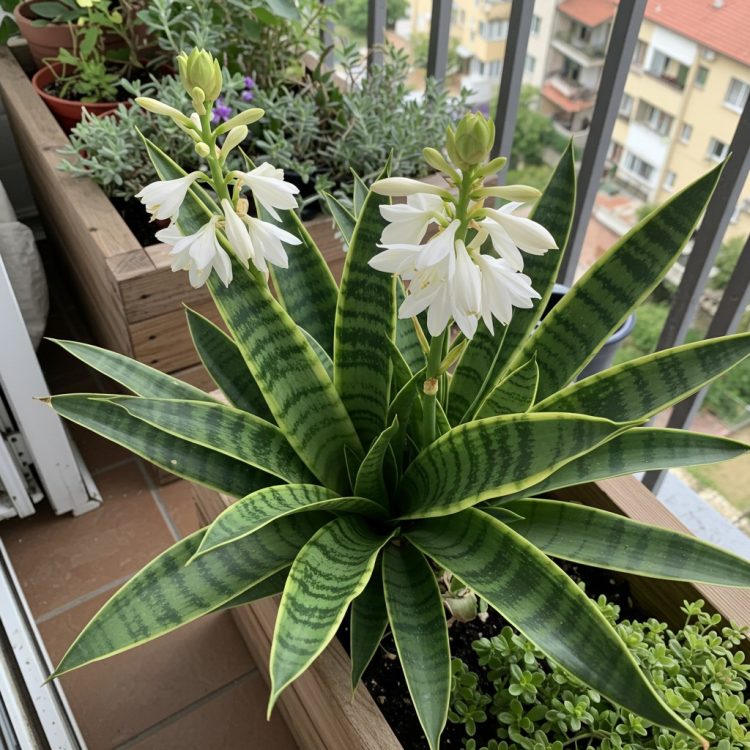The snake plant (Sansevieria), also known as mother-in-law’s tongue, is one of the most resilient and visually striking houseplants you can grow. Its tall, sword-like leaves and unique variegated patterns make it an excellent choice for both modern and traditional interiors. Even better? It’s incredibly easy to care for—perfect for beginners and seasoned gardeners alike.
If you’re ready to make your snake plant thrive like an expert’s, this guide covers everything you need to know—from potting and watering to lighting and propagation.
1. Choose the Right Variety
There are many snake plant varieties, each with distinct leaf shapes, colors, and sizes. Some popular types include:
Sansevieria trifasciata ‘Laurentii’ – The classic variety with green leaves edged in yellow.
Sansevieria ‘Moonshine’ – Silvery green leaves with a sleek, modern look.
Sansevieria cylindrica – Cylindrical leaves that grow upright in a rosette pattern.
Choose a variety that complements your space and lighting conditions. All share similar care requirements.
2. Use the Proper Soil and Pot
Snake plants are native to arid regions and prefer soil that drains quickly. The best mix is a cactus or succulent blend, or a DIY mix of potting soil, sand, and perlite.
Use a pot with drainage holes to prevent root rot.
Avoid oversized pots—these hold too much moisture.
Terra cotta pots are a good choice as they wick away excess water.
Repot every 2–3 years or when the roots start pushing out of the container.
3. Provide the Right Lighting
Snake plants are highly adaptable. They can tolerate low light but grow best in bright, indirect light. For optimal growth and vibrant leaf color:
Place near an east- or west-facing window.
Avoid direct afternoon sun, which can scorch the leaves.
In low-light settings, growth will slow, but the plant will survive.
Rotate the plant every few weeks to ensure even growth and prevent leaning.
4. Master the Art of Watering
The number one mistake with snake plants is overwatering. These succulents store water in their leaves and prefer to dry out between waterings.
Water only when the top 2–3 inches of soil are dry.
In warmer months, this may be every 2–3 weeks; in winter, even less.
Use room-temperature water and pour it around the edges of the pot, not directly in the center.
If the leaves start to droop or become mushy at the base, it’s a sign of overwatering and potential root rot.
5. Maintain Ideal Temperature and Humidity
Snake plants thrive in average indoor conditions. Aim for:
Temperatures between 60–85°F (15–29°C).
Low to moderate humidity levels.
Avoid placing your plant near cold drafts, air conditioning vents, or heaters, as sudden temperature changes can cause damage.
see continuation on next page
